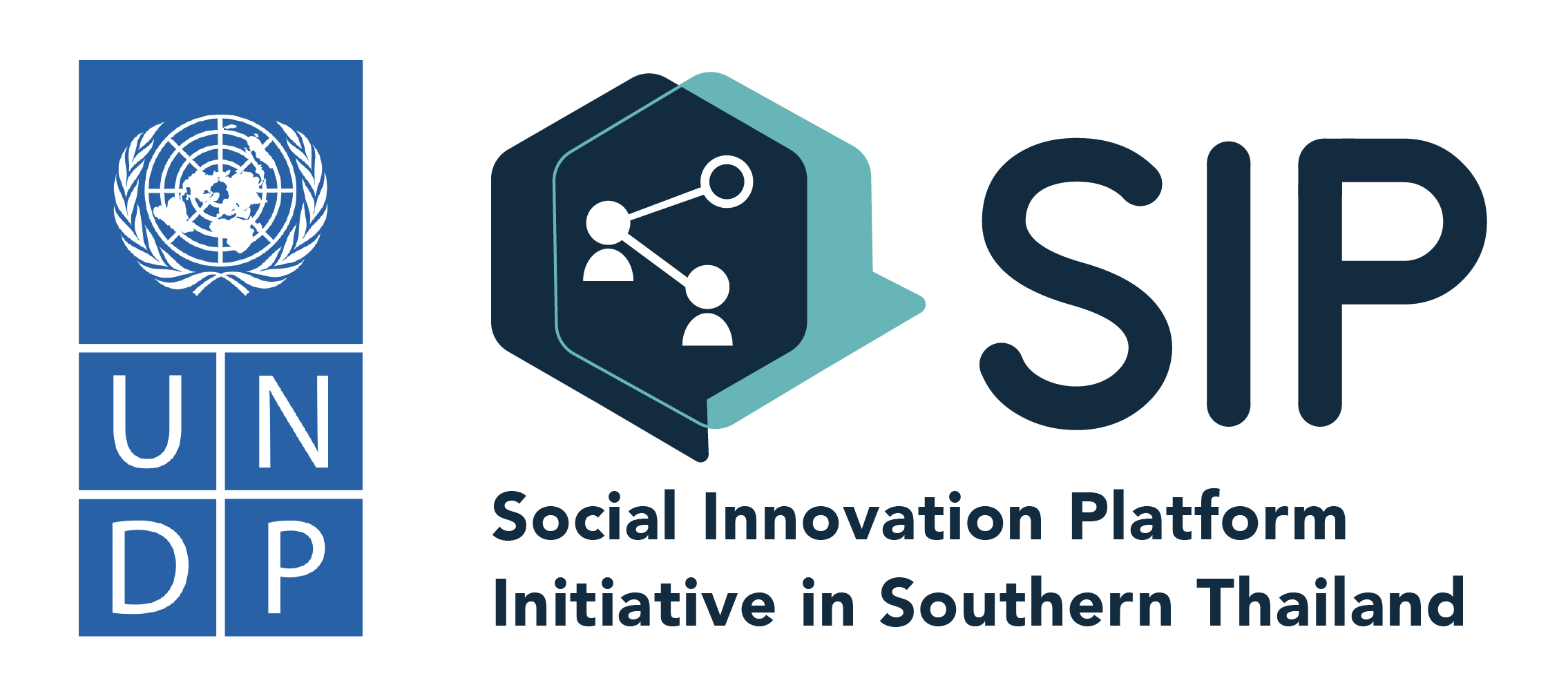This post is also available in:
![]() ไทย
ไทย
Community situation
- 872 children aged 0-12 years (55%) are malnourished. It is necessary to change the food production system to focus on safe vegetables and livestock, and to promote the consumption of nutritious food.
Activities
- Strengthening the community’s ability in food production, developing model households that grow organic vegetables, raise ducks and chickens.
- Training villagers in making compost, another important factor in safe food production.
Results
- One model chicken farming household (egg-laying chickens and ducks) produces 40-50 eggs per day for sale in the community.
- Three model hydroponic gardening households use a recirculating water system, and two model hydroponic gardening households use foam crates as a garden bed. The produce is sold in the community.
- 10% of the sales is donated to the community fund for orphans and underprivileged children while the remaining 90% is distributed to members as dividends and used to purchase agricultural equipment.
Participants
Hami Hengpiya, a 44-year-old knife maker, has four children, aged 3-24. He is supported by the Yarang SAO in raising 80 egg-laying chickens and 80 egg-laying ducks. Ducks and chickens began to lay eggs in September 2021 – 50 duck eggs per day and 20 chicken eggs per day. The production is favored by members of the village who buy them for consumption. Chicken eggs are sold at 50 THB per pack and duck eggs at 110 THB per pack. The eggs can be sold at an affordable price thanks to low cost of animal feed. Hami prepares animal feed by growing Napier grass, fermenting it with banana stalks, and mixing it with the dry feed.
“Raising chickens and ducks gives us incomes and is a way to help our neighbors. We give 1-2 packs of eggs to our community COVID quarantine center at a time, and on each weekend, we donate 1-2 packs of eggs to Tadika School to cook lunches for 100 students. We are now breeding mallard ducks (green-headed duck), which are large ducks and produce large eggs. Now, I have 20 of those ducks at home, and my neighbor is learning to incubate and raise them. The ducks we have are ready to produce eggs. We will continue breeding chickens and ducks so that we don’t have to buy from breeders. I’m transforming my house into a community learning center about the hydroponic system and solar cells to make the villagers see that they also can do it. The Office of Non-Formal and Informal Education and the district’s agricultural office also visit us to see how we work. I consider this a success after trial and error.”

Leave a Reply